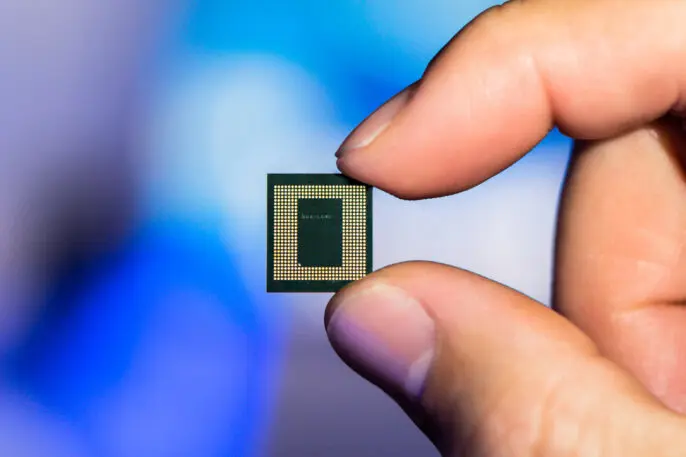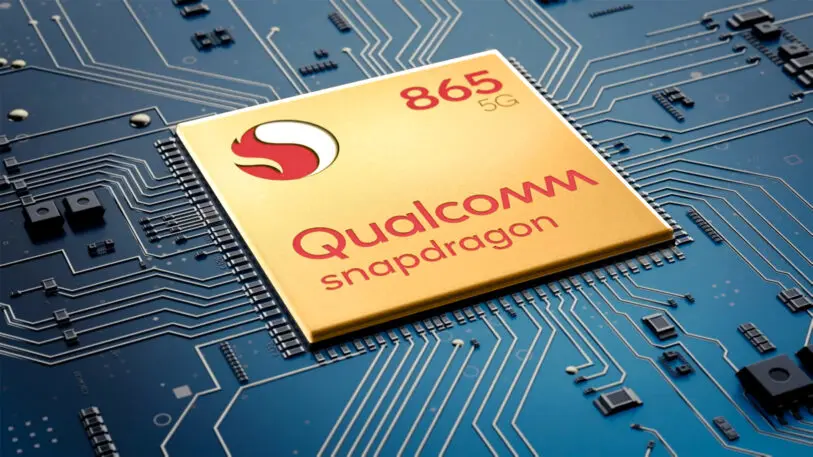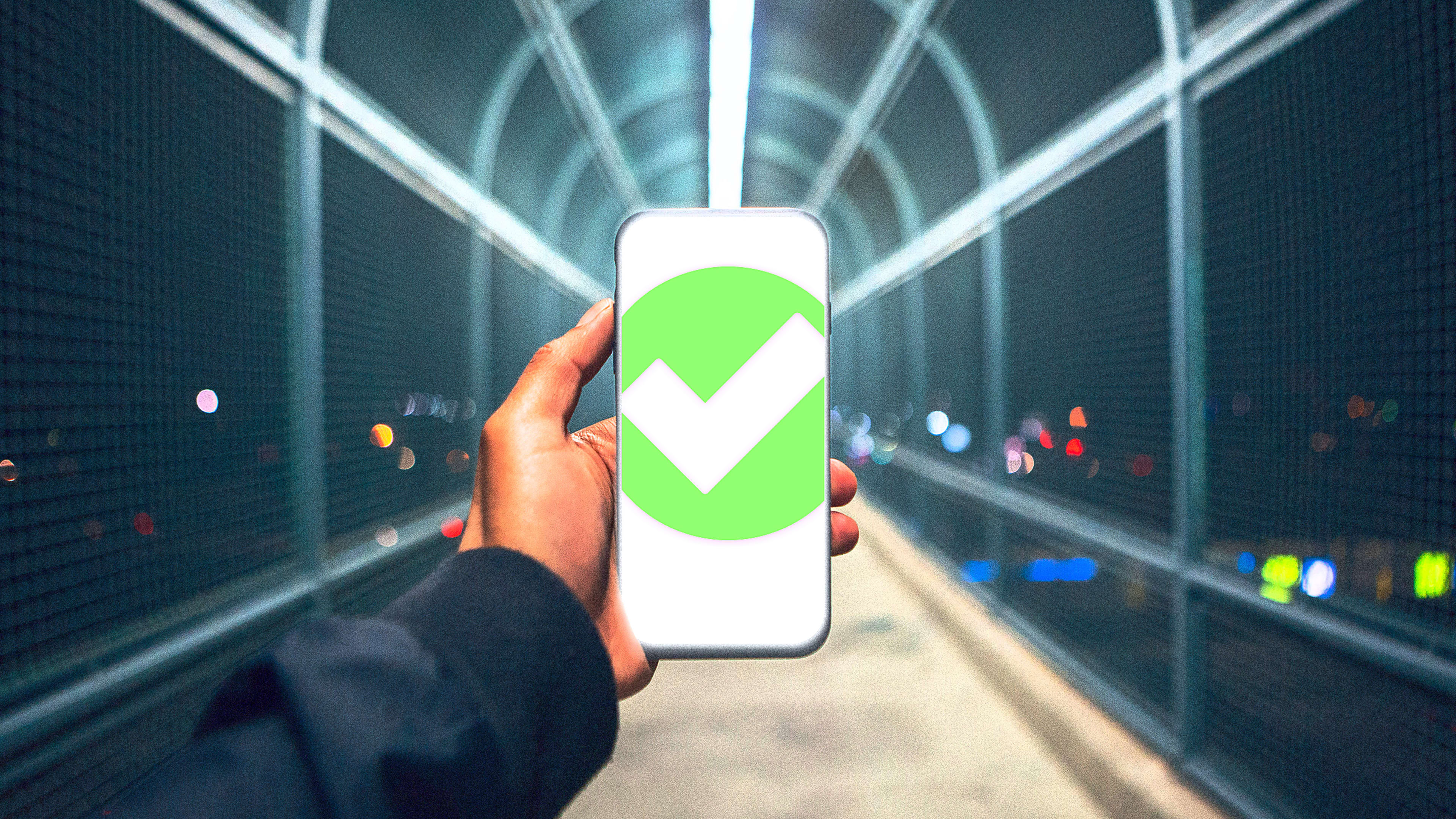Maybe you don’t know the name Qualcomm, but you should. The company makes many of the critical chips found in smartphones from almost every major manufacturer other than Apple. And as a result, when the company releases a faster processor or wireless technology, that’s what actually ends up inside your next smartphone.
Today, Qualcomm has demonstrated a technology that’s not just about having clearer calls, better battery life, or faster downloads. In a partnership with a company called Truepic, Qualcomm has developed a way to guarantee that the photos people take on their phones are real photos—unmanipulated and taken at the time and place they were said to be. This could be incorporated into tens of millions, or even hundreds of millions of smartphones, if manufacturers choose. The scale of the project is a big reason it’s so promising to battling misinformation. Xiaomi, Google, Microsoft, LG, OnePlus, Samsung, and Motorola are all companies that use Qualcomm chips today.
“The truth is 85% of the photos taken are on smartphones. There’s this oversized influence of the smartphone on online visual communication,” says Sherif Hanna, VP of R&D at Truepic. “If you want to restore trust on internet videos and photos, you need to figure out a way to get this into people’s hands.”
And while a trusted photo makes sense for a world being overtaken by deepfakes and political memes of questionable provenance, this technology can also add security to digital banking, insurance, e-commerce, and pretty much any other industry that relies on a photo being real.
Notably, the technology would be opt-in, though individual users could find it useful, too. How do you know that reseller on eBay really has a pair of mint Yeezys? Or how could you prove that the cop shot rubber bullets at a Black Lives Matter protest? A secure photo solves these problems.

Two years ago, Truepic approached Qualcomm to establish a mutually beneficial relationship. Truepic’s software was excellent, but it could never be entirely hack-proof unless it was coded into chips as a deeper layer of code known as firmware. If Truepic were firmware, it could verify an image from the millisecond it came off a camera sensor. Not only would that guarantee security, it would vastly improve the user experience of taking a secure photo, as people wouldn’t have to use Truepic’s standalone app.

“We did not want this to be a feature of a third-party app that a user has to download and know about,” says Hanna. “We wanted to build this right into the native camera app [from any smartphone vendor]. So it becomes a native feature of the device.”
But what was in it for Qualcomm? While Qualcomm is an industry giant, all chipmakers are in constant competition to innovate just to retain market share. And supporting the smartphone camera, arguably its most important feature to consumers, is a big part of Qualcomm’s focus all the time.
“We’ve been focused a lot on the fundamentals of the camera in terms of improving image quality, says Manvinder Singh, VP of product management at Qualcomm. He points out that supporting the artificial intelligence that automatically touches up smartphone photos is now a big part of Qualcomm’s strategy, as is face authentication and digital payment capabilities. Qualcomm chips already ensure your face is actually you, and Singh feels an image verification feature is just another way the company can make cameras “something more useful and relevant.”
With Truepic, Qualcomm leveraged security blocks that are already standard on its chips, and programmed them with the right firmware. That’s a little easier said than done, but it is done, and the companies are showing off a piece of reference hardware—a smartphone that serves as a technical model for companies to copy—demonstrating to manufacturers that this new technology is possible.
So how does it actually work?
To show the camera at work, Hanna holds up the demo phone. He opens the camera app. Then he chooses his shooting option. Instead of photo or video, he selects a secure mode and takes a photo inside his office.
To be honest, it’s completely unremarkable to behold, but that’s the point. Under the hood, I would have no idea that the verification software is coded so deeply into the camera processing that the Android OS itself literally cannot see the image while it’s being taken (because that would expose it to the possibility of malware or other manipulation). Oh, you still see a preview on screen before you hit the shutter, but Android actually doesn’t. Had Hanna tried to screengrab that image, Android would show him what it actually sees: a black box.
I did wonder, why would a secure photo be its own mode? Why wouldn’t someone want all of their photos to be secure as a standard?
One reason is that not everyone wants to share identifiable information in photographs. “We wanted this to be an opt-in situation. We want people to be comfortable with it,” says Hanna. “We don’t want people to think it’s another way to surveil them or something.”
The other catch is that Truepic’s secure image won’t offer the creature comforts most casual photographers are used to. It won’t smooth your skin, enlarge your eyes, or fix exposure with the aid of technologies like HDR. And it certainly won’t shoot in the pitch black with the assistance of Google’s artificial intelligence. “We do intend to make it as close to reality as possible,” says Hanna. Of course, that’s what you’re signing up for if you do choose to prove your photo is real. And you actually can touch up the image later, if you’d like. Truepic’s metadata standard can track edits made later, so any changes can be audited like a ledger.
For now, the only question that remains is whether or not any manufacturers will choose to support secure photographs on their smartphones. They will be buying Qualcomm’s chips either way, but whether or not they activate this mode inside their camera apps is another question. However, Qualcomm and Truepic assure me that many big companies have already expressed interest.
“I would say stay tuned,” Hanna says. “There may be news in the next few months.”
Recognize your brand’s excellence by applying to this year’s Brands That Matter Awards before the early-rate deadline, May 3.
